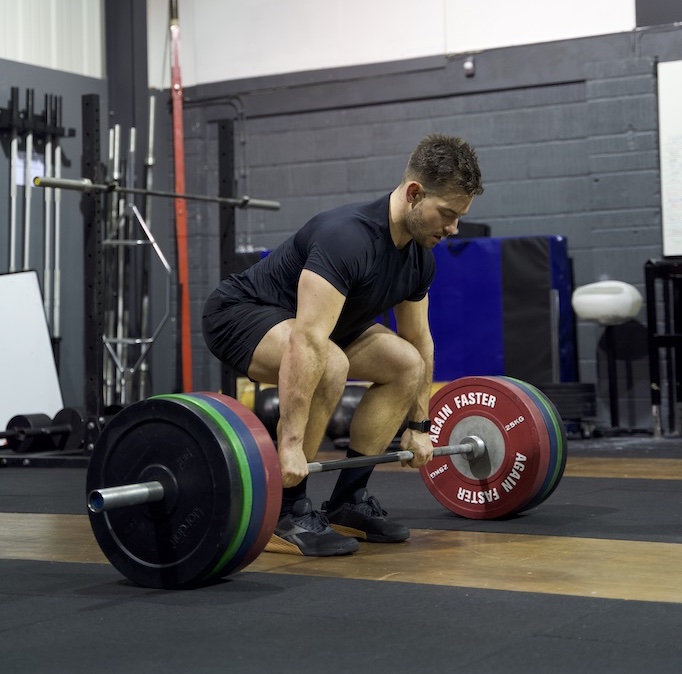The Movement Blueprint‘s Harvey Lawton has some suggestions for making winter work for you.
Over the festive period, increased calorie consumption can very easily become an indulgent pleasure and body image meltdown at the same time. With more social events in the calendar, more ingredient-rich meals with all the extras you only ever eat once a year, and all those boxes of temptation everywhere you go, navigating diet and training can feel challenging.
However, what if you could put those inevitable extra calories to good use? What if you could utilise the extra food you consume as fuel to perform and continue making gains?
Here’s the good news: you can.
1. Change the nutrition narrative
The health and fitness industry has, through continual promotion, enforced year-round diet solutions and ways of maintaining a calorie deficit. Everything we see is geared towards losing weight.
But a prolonged calorie deficit isn’t good for the body. You might drop a bit of body fat, but everything from your sleep, to mood and cognitive function, is going to suffer. In essence, adequate fuelling allows for optimal function. Obviously there are many individual variables here to consider here, but if we can begin to see food as fuel, the change in narrative around nutrition can pose significant benefits to not only your training, but also your mindset and life outside the gym.
A calorie surplus of roughly 10% above TDEE (total daily energy expenditure, i.e. your maintenance calories) will facilitate lean muscle gain. Consuming more than this, however, will warrant some extra ‘work’ – cue festive training.

Photography: The Movement Blueprint
2. Utilise surplus calories
Consistently strength training three times per week – with an effective* stimulus – will require fuel to repair, regenerate and grow muscle. More fuel will see you lift with more intent and offer greater opportunity to lift heavier. Progressive overload week on week should still be your goal, so as long as you’re maintaining consistency with your training, and this may be a good time to challenge yourself to lift more load (either volume or weight).
*Lifting to create an effective stimulus means tipping the RPE (rate of perceived exertion) scale to uncomfortable, and challenging yourself with three to five movements on rotation over three weekly sessions (for example a squat, deadlift, lunge, press and pull).
3. Adopt higher yield workouts
Outside of your three strength sessions, it may be wise to incorporate one to two workouts per week that provide greater metabolic stress – think metcons or higher intensity workouts. There are a number of tools we can use to increase output: by utilising shorter rest periods, for example, or opting for longer and sustained efforts. Here you could opt for lower load and higher volume.
Additionally, the use of full body AMRAPs (as many rounds as possible), EMOMs (every minute on the minute) or compounded volume will create more physical adaptation, and can be a great tool to maximise calorie burn. The bigger the stimulus (i.e. the increase in volume), the more requirement for fuel – and therefore opportunity to utilise fuel!
In summary, the festive period doesn’t need to put a handbrake on your health and fitness goals. When there are additional calories to put to good use, use them effectively and to your advantage. Remember, eating to perform (alongside enjoyment) is an opportunity to make gains.
If the festive period is a time you struggle to maintain motivation or consistency with your training, check out The Movement Blueprint’s TRAIN and PERFORM programmes. Both deliver weekly strength and conditioning sessions that guarantee to keep your head in the game this winter.








